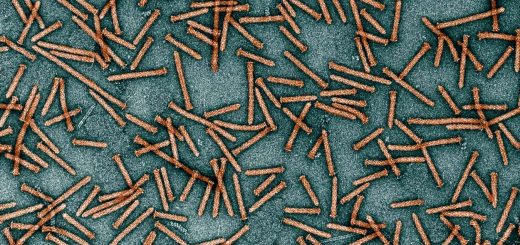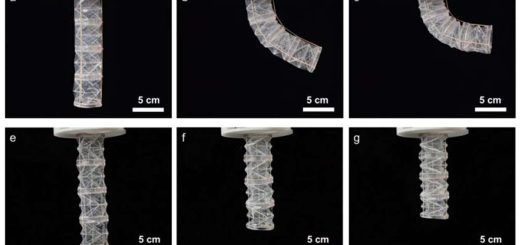A robotic chemist working autonomously in a lab has developed an oxygen-producing catalyst from minerals found in Martian meteorites. The same procedure could one day be used to provide oxygen for astronauts on Mars.
Sending supplies to a future Martian colony by spacecraft would be extremely expensive, which makes producing materials with Mars’s natural resources an appealing option. But this can be difficult because there are fewer available elements on Mars than on Earth.
Yi Luo at the University of Science and Technology of China in Hefei and his colleagues have developed a fully automated robot chemist. The machine used a high-powered laser to analyse the chemical make-up of five Martian meteorites and found six elements in significant quantities: iron, nickel, calcium, magnesium, aluminium and manganese.
Advertisement
“On Earth, we don’t use these six elements because we have more choice,” says Luo. “These six elements are not the best for this kind of catalyst and it limits its performance, but it’s what you’ve got on Mars.”
There are more than 3.7 million different combinations of the Martian elements, which would take more than 2000 years to test manually if each round of testing took around 5 hours, says Luo.
Rather than checking every combination, the robot used artificial intelligence to predict which combination of elements would make the best catalyst for producing oxygen. It then produced and tested more than 200 catalysts, using a briny solution and carbon dioxide as the raw materials.


